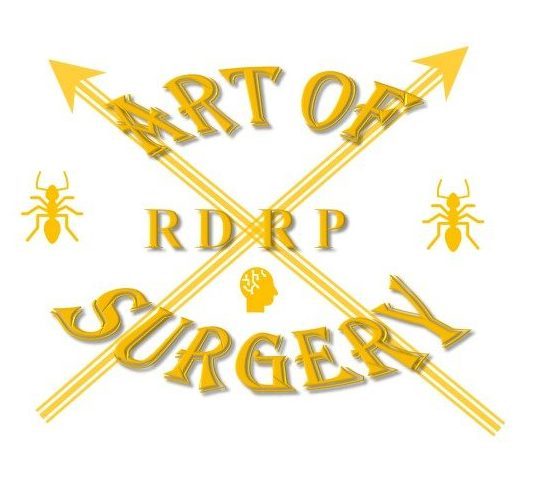Complication post oesophagectomy
Chyle leak:
Damage to thoracic duct, occurs in 2-3%
Presents within 7 days, when patient starts oral intake (especially fat contents).
Can result in malnutrition and immune suppress (loss of CD4+ cells)
Treatment – if volume >800ml on 3-4 days, or greater than 1-2L, consider operation
Major leaks, immediate intervention
Medium chain triglycerides (absorbed directly into portal circulation, bypasses lymphatics)
Cotrimoxazole – pneumocystitis infection
Monitor CD4 WCC
Can consider pleuroperitoneal shunt if refractory cases
Re-operation:
Introduce cream via jejunostomy during anaesthesia (not too early)
Use clips below and above the leak
What evidence to differentiate between hand-sawn and stapled anastomoses?
No difference in leak, small study by Law et al (higher rate of stricture with staples)
What evidence for contrast radiology after resection?
No improve survival or outcome.
What is dumping syndrome?
Postprandial nausea, vomiting, bloating, diarrhoea and dizziness
Rapid movement of food into small intestine
Hyperosmolar nature leads to fluid shift
Can be alleviated with smaller meals, avoiding carbohydrate rich food
Usually resolve after 12 months
Treatment for strictures post oesophagectomy
Dilatations with balloon or Savary-Gilliard dilators
What size gun to make anastomoses?
Evidence that a gun with diameter <25mm may lead to increased incidence of anastomotic stricture.
Anastomotic leak:
ABC approach
Resuscitate the patient and stabilise
Discuss with critical care
Full septic screen
Urgent CT of chest and abdomen with oral contrast
Treatment:
Broad spectrum antibiotics including metronidazole, and an antifungal
Insert large 28Fr chest drain and THEN perform endoscopy (to reduce risk of tension pneumothorax)
Endoscopy is to assess the integrity of the anastomosis, to visualise the conduit mucosa and to assess the gastric staple line. Can also place feeding tube at the same time.
If there is not frank ischaemia or major defects, then conservative management with antibiotics, feeding tube and targeted radiological drainage of any collections may be sufficient.
However, if the patient deteriorates, emergency surgery and formation of a cervical oesophagostomy is necessary. The ischaemic segment is resected and the viable component is closed.
